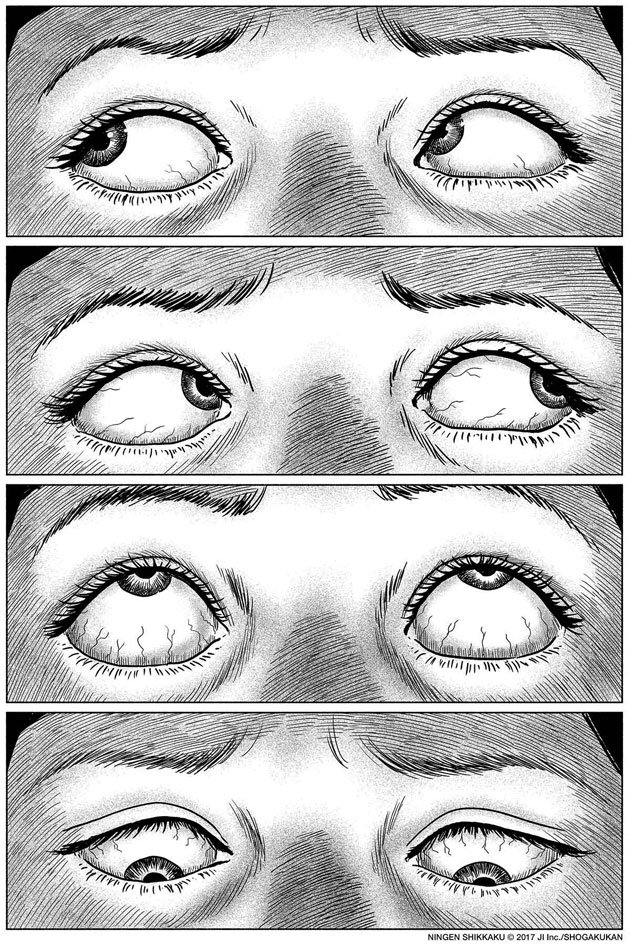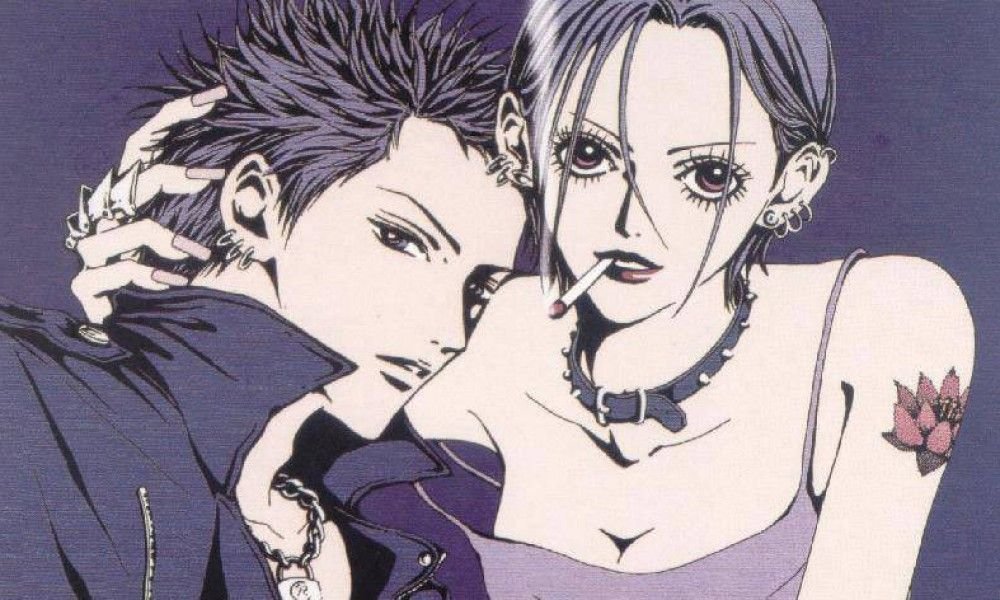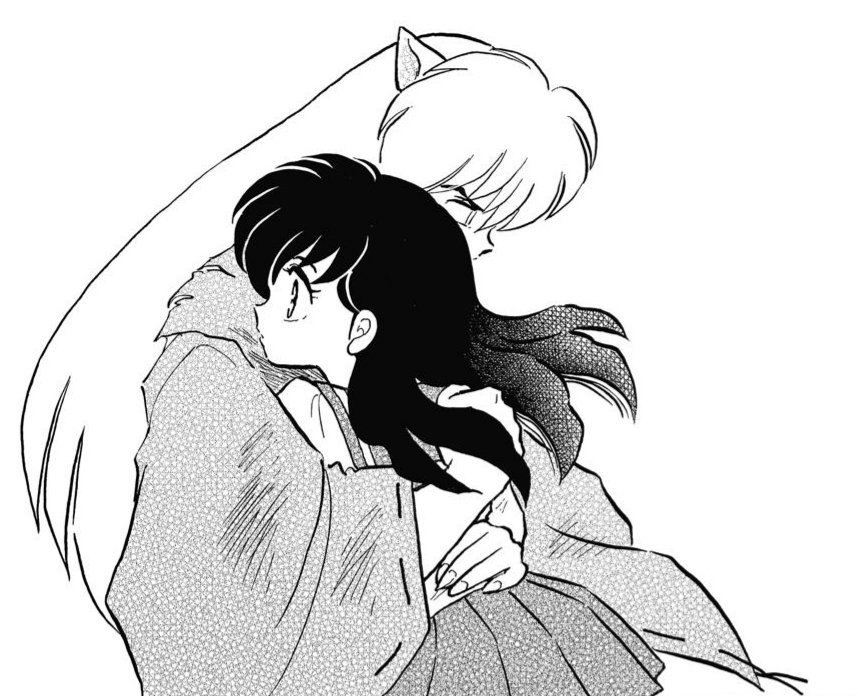Sword Art Online: Exploring the Metaverse and Virtual Reality

Sword Art Online [SAO] is not a product of the Metaverse, nor is it an accurate portrayal of what the Metaverse will someday look like or behave like. Instead, SAO is a light novel written by Reki Kawahara, turned anime, and finally into an RPG game that explores how advanced Metaverse technology can get towards replicating authentic real world sensations, and virtual realities affect on mankind's fate.
For a little background, SAO’s plotline is set in a fictionalized Tokyo where a hyper realistic virtual reality game replicating all worldly experiences and beyond [a process known as full-dive VR] suddenly entraps 10,000 players. These players exist in a Metaverse platform that perfectly captures reality and even transcends real life limitations called WorldSeed. Players access WorldSeed by being hooked up to hyper-advanced VR headsets called NerveGear, directly connected to their brains, helping them control the virtual bodies of their avatars.
Yet, what starts out as an amazing opportunity for gamers to play a state of the art game quickly becomes a nightmare, as now the gamers cannot log out unless they rise to a unique challenge: beat 100 levels of an online world named Aincrad to reenter reality. The only catch is, if your killed within the game they are die in the real world as well.
SAO in addition to being an engaging story arc with superb world-building and character design, raises important questions. Viewers alongside characters of SAO themselves, contemplate if the Metaverse expands human freedom, by allowing us to transcend human limitations by uploading on consciousness on a server or if the Metaverse is an inevitable failed technology that will never allow humans to escape the problems and pains of reality. This article delves into the philosophical aspects of SAO that confront the tough discussions about Metaverse and VR, and whether the points the series raises are applicable to the real world where rapidly advancing technology makes these tools more accessible than ever to the general public.
The anime manifestation of Sword Art Online spans 3 seasons and over 100 episodes. The show is set in various parts of Tokyo that exist in real-life and several virtual reality worlds operating on the WorldSeed Platform, the first one being Aincrad which appears in Season 1. Each virtual world is a part of a game engine called the World Seed which has been developed specifically for SAO by Akihiko Kayaba, a fictional inventor and the brain behind the entire full dive VR technology showcased in the series. Every game experienced by the cast in the anime is built on the World Seed platform.
As the story progresses, the initial SAO game and interface is replaced by other narrative arcs. We see key characters of the story Kirito, Asuna, Yui, Alice, Eugeo, and others progress through other alternate universes, such as ALfheim Online, Gun Gale Online, and the Underworld across each of the 3 seasons. Along the way, they overcome personal hurdles within both the real and game worlds simultaneously, showcasing how the difficulties of human existence remain even in a fantasy realm.
Stories unfolding in alternate universes have always been popular, case in point the longevity of science fiction’s popularity as a genre. In the same vein, Sword Art Online follows a well-loved sub-trope found in anime: the ability to completely immerse yourself in a virtual world. But of course, Sword Art Online offers it’s own twist. What was exciting about SAO was that it’s was a story of very human struggles, themes of sacrifice, friendship, betrayal, despair, and romance each character grapples with, yet were transferred into what is supposed to be in an idealized MMORPG virtual world. Behind every corner of SAO’s fantasy environments is danger. Each fight for survival was dramatic. Every episode was packed with meaning and potentially the last chance for a character to preserve their existence.
The announcement in 2022 that SAO, which was already a beloved light novel and anime series, was releasing a new online game [10th anniversary tribute to the anime series’s inception in 2013] brought excitement to the anime and gaming communities. The idea held the same premise as before: replicate the series’s plotline but in a game format. However, the series and games popularity caused many fans to make eerie comparisons to SAO’s fictionalized plotline and the very real possibilities to VR technology developing in the real world. Could our world in 2022, and SAO’s imaginary realm, be more similar than we think? Recent developments suggest so. In our modern day, Facebook has been renamed to “Meta”. A NIKELAND sits prettily on Roblox. Epic Games has gone from a humble gaming company to owning the biggest market share in the Metaverse industry. Big money is being pumped into VR and AR. Even bigger money into the gaming industry. These factors indicate a SAO-esque future is in the pipeline.
Naturally, SAO’s sci-fi premise started sparking questions like: “Will full-body VR on the level seen in Sword Art Online ever be possible?”, “When will an invention like Sword Art Online’s full-dive exist and will it be legal?”, “How soon soon SAO-like technology appear in the future?”, “Is Sword Art Online an example of what the Metaverse is or will look like?” and other salient discussions.
At this point in the Metaverse’s development, no one definitively knows what it is as it’s still a work in progress and an ever expanding idea. But, many define the Metaverse as a decentralized virtual ecosystem which depends on blockchain technology and the community passionate about maintaining it’s decentralization. Decentralization means no one authority controls the Metaverse and the information that passes through it will solve problems of security, trust and user control when using the internet, issues that are increasingly important wide-eyed web users with a huge distrust for big corporations spying on them while they use their devices.
In a utopian version of the Metaverse that emphasizes security, each user would be provided with identity recognition and value recognition. These features establish an unbreakable connection between a user’s social identity and what the user does in the virtual world. With this new hypothetical security, you can’t hack a profile anymore, or impersonate someone else. All information and content is marked by the blockchain, which is also decentralized.
Another thing that’s good to think about when discussing the Metaverse it isn’t just be an extension of reality. The proper realization of the Metaverse is more than case of slapping the Oculus Rift onto your retinas to create a virtual experience; the real Metaverse will be accessed through understanding our brains, accessed totally subconsciously, through the marriage of technology and our neurons. This way, the experiences we undergo in the Metaverse actually become real, although they are in an artificial environment because our brains experience these online sensations the same way we experience physical ones.
That being said, the Metaverse isn’t likely be a digital free-for-all. This virtual world will have new regulations, new laws, and new interfaces. Yet it will be an extremely open universe - a chance to create a fresh identity, living out a life that suits you and your virtual values while being able to be or build anything your heart desires. You have more freedom than in the real world, few constraints and the ability to live your best life as a rabbit, lamp or Hulk.
SAO is a pretty good reference for the Metaverse, although it’s far more advanced than the Metaverse that's likely to become available to the general public in the near future. The anime creates a world of mental possibilities for the person with a curious imagination, which may inspire it’s technologies to be developed further in the real world.
A first comparison between the Metaverse’s depiction in SAO and how it will function IRL is based on societal acceptance. The appearance of VR in Sword Art Online defies all ideas of a functioning, democratic government because A: authorities allowed such a tragedy to happen in the first place,where over 10,000 players were forced to remain trapped in the Metaverse and B. After the initial disaster, the government allowed similar virtual worlds to develop again after the first world (Aincraid) resulted in the deaths of 3,853 players trapped in its interface. The fact that virtual MMOs are still legal (according to the plotline) after the SAO incident is unlikely to happen in our world today because after so many casualties, who would even begin to trust it?
Secondly, in our reality rather than the world we presently inhabit, the unknown is deeply feared and distrusted. Ever since the concepts of artificial intelligence, robots that could hold a conversation with one another without human intervention, and web3.0, as a society, we’ve been worried about an impending apocalypse caused by these innovations. This distrust prevalent in most communities around the world, is a barrier to SAO-like technology being fully developed.
Another big reason why the Metaverse will take several more decades to expand and materialize is because of the enormous R&D efforts that are required. On the ethical side, copious amounts of research and safety-proofing exercises need to go into exploring what the future of web 3.0, AI and the Metaverse could look like. It’s easy to fall prey to what’s new and exciting and forget the precautions that must be taken, precautions that the government of near-future Tokyo in SAO did not learn to take into account. Many fans of the series note how nonchalant SAO’s governing bodies are about the whole thing, but what can you expect in a fictional plotline?
One real world example demonstrating how the Metaverse requires legislation to protect users from being taken advantage of, is the Facebook Cambridge Analytica scandal that happened in 2016. This scandal involved Facebook allowing a private company called Cambridge Analytica to harvest users personal information without their consent and use this information to convince them to vote for specific political candidates through targeted ads and messages. This controversy essentially ruined Facebook’s reputation, even after its half-hearted rebranding attempt. Because of this incident, people promoting the usage of Metaverse technologies are getting canceled left, right and center. One public mistake and its curtains. Any small mishaps in the Metaverse -essentially glitches in the matrix or it’s coding - cancel out all the good that the Metaverse has achieved. Luckily people in the real world are madly pessimistic and distrusting bunch which, in the case of SAO,society allied the Metaverse to function with no limitations with disastrous consequences.
On the technical end, the VR market is still in its early stages and anyone interested in partaking in the movement to further it needs a large amount of capital to do so. We’re still in the era of improving and growing computing processing power, memory and storage, let alone connecting helmets to our core brain functions. For a virtual world on par SAO to exist, it would require unimaginable feats within these areas. We’d need to create a quantum system with enough storage to hold a minimum of 10 million petabytes of information in order for us to store every player’s human consciousness, avatar profiles and new realities. Currently, we are simply not at this technological level.
Then there’s the actual concept of artificial intelligence and where we’re at right now in it’s development. A lot of progress has been made with AI in the 21st century but human consciousness itself cannot yet be reliably replicated by this type of intelligence, which is essentially what the Metaverse is trying to be. For a universe like SAO to exist, AI would need to be far more advanced. Every time a player logs in and out of the virtual reality, a high evolved type of artificial interface would need to program and reprogram itself instantaneously with a secure link to the human brain.
Upon each character entering Gun Gale Online, for example, Kirito or Asuna would need to have their real life thoughts and feelings reconnected with the game via their brains. An advanced artificial intelligence would need to be able to synthesize the two - real and virtual - to make the experience of the game seamless and authentic to the player. And then we have the brain, the mind and the idea of consciousness. Sword Art Online technology hijacks the human brain and injects it with the sensations of artificial reality. The immediate problem there is that scientists don’t know how our brains can have a consciousness that’s unique to us human beings. Because we don’t really know exactly how the brain functions at this point, no Metaverse used in our society will be able to similarly hijack it.
As touched upon before, in the SAO story arc the device that allows the connection with game and consciousness to happen is a newly-developed technology called NerveGear. SAO participants can play World Seed games via a direct nerve connection, aka, via a non-invasive bi-directional brain-machine interface. And it’s wireless. Sounds pretty magical. And that’s because at this point it is, with our current technology unable to replicate it. The closest thing that we have to this at the moment is dream-mapping technology, and then there are the advancements we’re making in VR.
A neural simulation running to your brain may eventually be possible, an upgrade from the VR headsets and slim AR glasses are being developed right now, but uploading a consciousness onto a piece of software is a far reach at the moment. The VR Metaverse in the next 10-20 years will still be using regular VR headsets and that’s the reality of it. Looking at it this way, as long as we don't have the correct technology to replicate SAO, we don’t have the correct technology to create the Metaverse. The hardest part wouldn’t be getting the player’s brain to move a character. It would be getting your brain to truly believe it’s in a completely different VR world. As long as we can feel and sense the physical world around us whilst experiencing the Metaverse, it’s arguably not a true full-dive experience.
If full-dive VR, aka the Metaverse, ever did come into existence, there would be several barriers to using it at first. Experiencing full-dive VR would be expensive and not accessible by all members of the public. For it to become accessible, there would need to be some sort of general benefit for businesses and companies selling it. You would usually expect commercial interests to be at the forefront of such developments, but seeing as the Metaverse promises to be a decentralized platform, the standard pull factor for corporations wanting to invest in the potential of ads, paywall, and user data tracking no longer exists. A nexus of VR worlds that no one controls and no one cashes in on? No wonder the Metaverse’s development process is moving at a snail’s pace.
According to SAO’s plotline Kayaba (the fictional inventor of a full dive VR platform) did have an ulterior motive when he created the World Seed. Although it wasn’t money or ads, the development of NerveGear had other benefits for the game creator and those similarly involved. You’ll have to watch the anime to find out more, but basically, if there’s no gain, there’s no movement on this kind of stuff.
Sword Art Online is a fun and unusual reference for thinking about how society might handle the Metaverse and its many impacts when it finally arrives. The anime provides insight into the psychological aspects of virtual reality gaming on the human psyche, and the sociological consequences of this.
Reki Kawahara wrote Sword Art Online to show that online gaming is not a social ill or just a an escape from real life, but as a way to discover more about life than what we are currently limited to via the real world. Over three seasons, fans learned about the world of Aincrad and those that followed, the unique rules, guidelines, and norms put in place in each, and the nuances that came with surviving within these circumstances. Amidst the fantastic medieval weapons, frightening monsters, and powerful guilds are more important for both the SAO cast and us. A life-like yet fabricated world like SAO is still far away, around two centuries or so, but the implications of what’s to come can still be mildly felt today. Yet, some people instead of fearing the rise of VR technology can’t wait to be trapped in a game hosted on a decentralized platform.
Words by Nova: A writer, creative and sneaker enthusiast from London, UK, covering anything sportswear and streetwear-related in-depth histories of how certain niche trends and traditions originated, and deep dives into the interconnection between popular culture and contemporary aspects of our lives.
Edited by Ora Margolis





